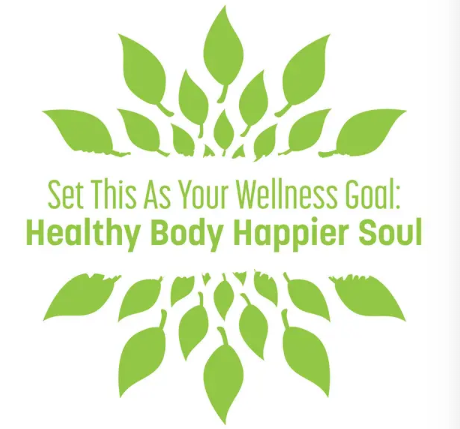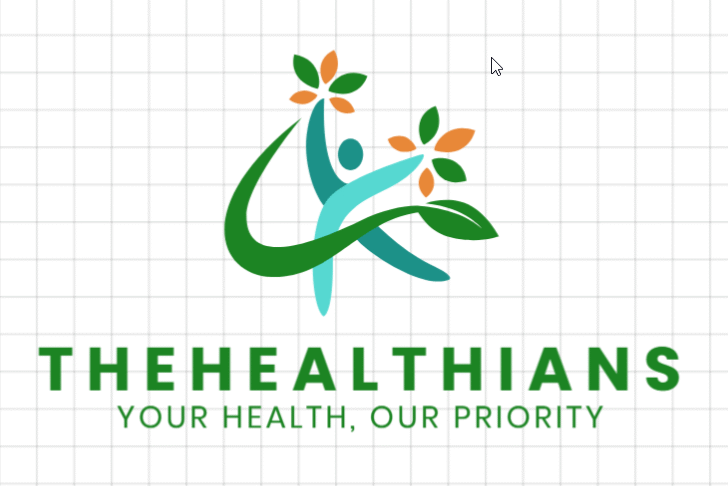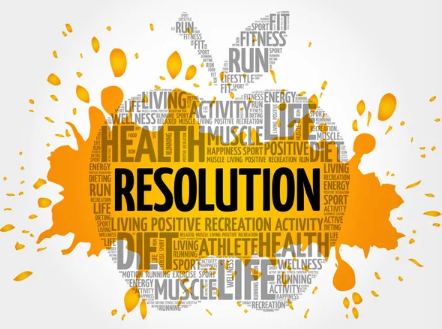Table of Contents
ToggleIntroduction: Why Health and Wellness Matter More Than Ever
Health and wellness are more than just buzzwords—they’re the foundation of a fulfilling life. While many chase productivity, success, or wealth, the real currency of life lies in your physical vitality and mental clarity. Without those, everything else loses its shine.
But what is health and wellness, and how do they differ? Most people use the terms interchangeably, yet they aren’t quite the same. Understanding their distinction is essential to building a balanced life that supports both your body and your mind.
This blog will help you uncover the difference between health and wellness, share powerful habits that support good health and well being, and show you how to prioritize your lifestyle for long-term results.
1. What Is Health and Wellness? Let’s Define It
To start, what is health and wellness, exactly?
Health is traditionally defined as the absence of disease or infirmity. It includes your physical condition—like blood pressure, immunity, energy levels—but also your mental and emotional states.
Wellness, on the other hand, is an active process. It’s about making choices that lead to a fulfilling life. It includes lifestyle habits like diet, sleep, relationships, stress management, and even purpose.
So, while health can be measured by medical tests, wellness is a journey—it’s how you feel and function day to day.
Understanding the difference between health and wellness helps you take a more holistic view. Health may be the destination, but wellness is the path you walk every day.
2. Why Prioritize Health and Wellness Now?

In our fast-paced digital world, it’s easier than ever to get out of sync with your body and mind. Here’s why focusing on health and wellness should be your top priority:
Prevent chronic diseases
Improve energy and mental clarity
Enhance emotional stability and confidence
Strengthen relationships through better communication
Increase life satisfaction and productivity
In short, it’s not about adding more to your to-do list—it’s about aligning your choices with your values and goals. It’s about living better, not just longer.
3. The Real Difference Between Health and Wellness
Let’s dig deeper into the difference between health and wellness:
| Category | Health | Wellness |
|---|---|---|
| Definition | State of physical and mental condition | Active pursuit of holistic well-being |
| Measurability | Diagnosed through tests and symptoms | Measured through lifestyle and behavior |
| Focus | Treatment and prevention | Growth, balance, fulfillment |
| Example | Recovering from illness | Practicing yoga for peace and energy |
In practice, someone may appear “healthy” on paper—normal weight, cholesterol levels, etc.—but still feel tired, unmotivated, or emotionally disconnected. That’s where wellness fills the gap.
4. Nutrition: The Cornerstone of Good Health and Well Being
Your body is built from the food you eat. A nutrient-rich diet directly supports good health and well being.
Here’s what to include in your daily plate:
Leafy greens like spinach and kale
Fruits high in antioxidants like berries
Whole grains like quinoa and brown rice
Lean proteins such as legumes, eggs, and fish
Healthy fats from nuts, seeds, and olive oil
Avoid ultra-processed foods, excessive sugar, and deep-fried snacks. Nutrition isn’t about restriction—it’s about nourishing your system so it can perform optimally.
5. Move with Purpose: Exercise as Preventive Medicine
Physical movement isn’t just about burning calories. It’s a form of medicine for your heart, brain, and hormones.
Regular movement can:
Lower the risk of heart disease and diabetes
Boost endorphins and fight depression
Enhance sleep quality
Increase focus and memory
Strengthen bones and joints
Aim for 150 minutes of moderate activity per week. That could be brisk walking, yoga, swimming, or cycling. Choose what feels fun—sustainability matters more than intensity.
6. Mental Health: The Unsung Hero of Wellness
You can’t talk about health and wellness without including your mental state. The brain is the control center of every emotion, decision, and behavior.
Signs of poor mental well-being:
Constant fatigue or irritability
Lack of interest in hobbies or social life
Difficulty concentrating
Sleep disturbances
What helps:
Daily meditation or breathing exercises
Talking to a therapist or coach
Practicing gratitude
Reducing digital clutter
Connecting with a support network
By nurturing your mental state, you unlock energy, peace, and purpose.
7. Sleep: The Reset Button You’re Ignoring
One of the most underrated habits for good health and well being is quality sleep.
Lack of sleep:
Increases cortisol (stress hormone)
Slows healing and digestion
Reduces memory and focus
Weakens the immune system
Prioritize 7–9 hours of sleep by:
Creating a consistent bedtime
Reducing screen time before bed
Keeping your room dark and cool
Avoiding caffeine late in the day
Sleep is where recovery happens. Don’t compromise it.
8. Building a Wellness Routine That Actually Works
You don’t need a complex plan. Start with these simple habits:
Drink water right after waking up
Journal for 5 minutes about your goals or feelings
Stretch or move for at least 10 minutes
Avoid checking your phone for the first 30 minutes
Eat a fiber-rich breakfast
Take walking breaks during work
Wind down with a book or music before bed
These actions compound over time. Build slowly and sustainably.
9. Making Health and Wellness a Long-Term Lifestyle
Here’s how to make your journey last:
Track progress: Use a journal or app to stay accountable
Set meaningful goals: Avoid vague intentions—be specific
Celebrate small wins: Every improvement counts
Stay flexible: Life changes, so adjust without guilt
Educate yourself: Read blogs, listen to podcasts, join communities
Most importantly, don’t aim for perfection. Aim for consistency.
Resources to Explore
Here are some trustworthy sources for expanding your knowledge on health and wellness:
Explore More on TheHealthians.com
Looking to dive deeper into wellness habits?
Read our post: Good Health: 10 Simple Habits for a Better Life to start building a routine that supports lasting change.
Final Takeaway: Your Wellness Is in Your Hands
You don’t need to be perfect to improve your life. You just need to take small, intentional steps.
By understanding the difference between health and wellness, nourishing your body, prioritizing rest, and managing your emotions—you build a foundation that supports long-term fulfillment.
You deserve more than just existing—you deserve a thriving, vibrant life. So take that first step. Choose health and wellness not as a goal, but as a way of living.



3 thoughts on “Health and Wellness: 9 Key Habits to Improve Your Life Every Day”